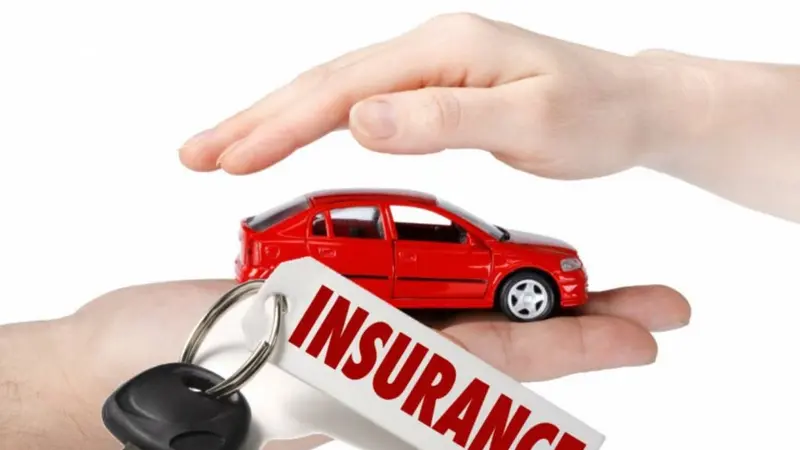Running a business that depends on vehicles comes with unique responsibilities and risks. From transporting goods and equipment to ensuring employees can get where they need to go, keeping these assets protected is essential for smooth operations. Commercial auto insurance steps in as a specialized safety net, designed to cover the financial and legal risks associated with business vehicle use. Whether it’s safeguarding against costly repairs, liability claims, or unexpected accidents, understanding the ins and outs of this coverage helps business owners make informed decisions.
Understanding Commercial Auto Insurance
For any business that owns or operates vehicles, ensuring those assets are protected is a top priority. Commercial auto insurance is a specialized type of coverage that addresses the complex risks associated with business vehicle use. This policy differs from personal auto insurance, providing tailored protection specifically designed for companies whose vehicles are integral to their operations. Whether you run a delivery service, a construction company, or any other business that requires employee drivers, securing comprehensive coverage from a reputable provider is crucial. Consulting with an expert commercial auto insurance Utah can help ensure your business assets and operations remain safeguarded against unexpected losses.
Commercial auto insurance is designed to mitigate the financial consequences of various scenarios, including collisions, theft, vandalism, and non-collision-related damage. In the face of costly repairs, legal claims, or lawsuits arising from automotive incidents, this type of insurance policy is a crucial component of a prudent business risk management plan. Having adequate commercial coverage not only protects a company’s bottom line but also helps maintain its reputation and operational workflow in the wake of disruptive events.
The risks faced by business-owned vehicles are multifaceted, often involving higher stakes than personal automobiles due to heavier usage, larger vehicles, specialized equipment, and the nature of business liability. Without proper insurance, businesses can find themselves exposed to significant financial and legal risks arising from everyday operations. By securing commercial auto coverage, business owners can confidently manage potential challenges and focus on day-to-day business growth.
Key Coverage Components
- Liability Coverage: Protects a business financially when its vehicle causes bodily injury or property damage to another party. This coverage is often mandated by law and is foundational to a sound commercial policy.
- Collision Coverage: Handles the cost to repair or replace company vehicles involved in motor vehicle accidents, regardless of which party was at fault.
- Comprehensive Coverage: Offers financial protection from hazards unrelated to vehicle collisions, such as theft, vandalism, fire, or natural disasters.
- Uninsured/Underinsured Motorist Coverage: Ensures the business is not left financially vulnerable after an accident with a driver who lacks sufficient insurance coverage.
Factors Influencing Premiums
Understanding what drives the cost of commercial auto insurance premiums can help businesses manage expenses while maintaining adequate coverage. Several factors typically come into play:
- Driving Records: Insurers carefully assess the history of all drivers employed by the business. Frequent accidents or traffic violations generally result in higher premiums.
- Vehicle Type: The make, model, size, and value of the vehicles in your fleet can significantly influence your insurance costs. Heavier and more specialized vehicles, such as trucks or vans equipped with custom features, are often more expensive to repair.
- Usage Patterns: Vehicles used in high-risk industries, for long-distance travel, or in densely populated urban areas present more opportunities for loss, which impacts insurance rates accordingly.
- Coverage Limits: Opting for higher coverage limits increases the potential payout by the insurer and is therefore reflected in the policy’s cost.
Emerging Trends in Commercial Auto Insurance
Technological Advancements
The commercial auto insurance industry is being reshaped by rapid technological advancements. Modern underwriting platforms use real-time data analytics and automation to increase efficiency, accuracy, and regulatory compliance. Platforms that aggregate data from multiple sources help streamline the application process, while dynamic pricing enables insurers to respond instantly to changes in fleet size or shifts in operational territory. These innovations reduce both the time and labor involved in policy underwriting and better align premium costs with real-time business risks. Learn more about how technology is transforming commercial auto insurance. As these tools continue to evolve, they empower insurers to make faster, more data-driven decisions that benefit both providers and policyholders. Ultimately, this digital shift is setting new standards for service, transparency, and cost-effectiveness across the industry.
Rising Costs and Litigation
Commercial auto insurers are also facing challenges from increasing repair costs and a surge in litigation. Economic factors, such as supply chain issues and inflation, cause parts and labor costs to spike. Moreover, escalating attorney involvement in claims often leads to prolonged disputes and higher expenses, directly affecting premiums and the bottom line of businesses that rely on their vehicles. Read more about the challenges in commercial auto insurance. As a result, companies are under growing pressure to adopt risk management strategies that help keep costs in check. Many are also exploring telematics and safety programs to reduce accident frequency and improve overall operational efficiency.
Risk Management Strategies
Effective risk management is crucial for keeping premiums manageable and losses under control. Businesses can pursue several strategies for improving safety and reducing costs:
- Driver Training Programs: Conducting regular training ensures employees stay current with traffic laws, company policies, and safe driving techniques, reducing the risk of accidents and insurance claims.
- Implement Telematics: Utilizing fleet management technology to monitor driving behavior can help managers identify unsafe practices and reward responsible driving, fostering a culture of safety while potentially qualifying the business for discounts.
- Regular Vehicle Maintenance: Establishing a schedule for routine inspections and maintenance reduces the likelihood of mechanical failure-related accidents, thereby supporting safer roads and a healthier bottom line.
- Review Insurance Policies Annually: Regular reviews ensure the business maintains the right amount of coverage as fleets and operational risks evolve, preventing costly surprises or gaps in protection.
Please visit my site, World Track Mag, for more details.
